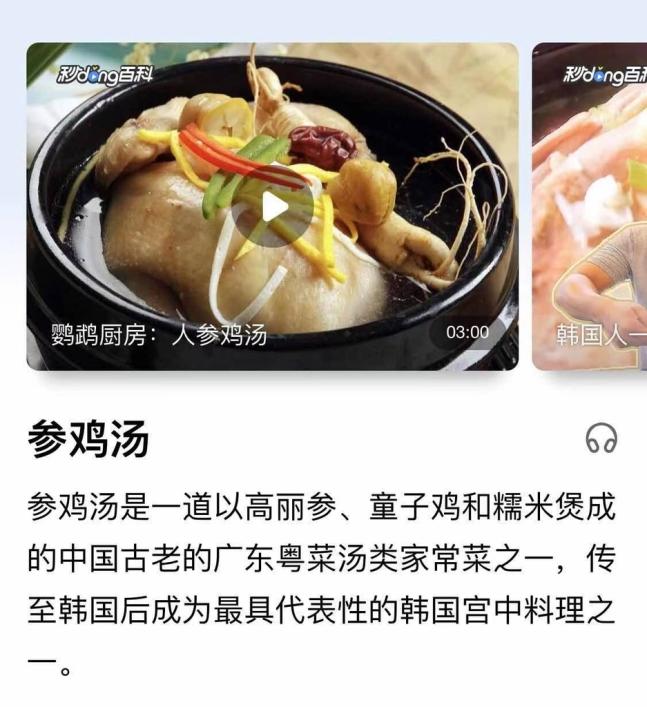
An encyclopedia of Baidu, China’s largest portal site,
, states that samgyetang was also brought from China to Korea following kimchi. Yonhap News China’s cultural distortion is going too far. Following pansori, hanbok, and kimchi, it is argued that samgyetang is a food from its own country this time. It is explained that Samgyetang, an ancient Chinese home dish, became famous by moving to the Korean Peninsula.If you search for Samgyetang on Baidu, China’s largest search portal, on the 29th, “It is an ancient Chinese Cantonese soup dish made of Goryeo ginseng, chicken, and glutinous rice.” It has become a representative Korean dish since it was spread to Korea.In fact, there are many kinds of soup dishes in Guangdong. A typical example is Lao Huo Jingtang, which boils chicken, pork, and beef with vegetables. However, Lao Huo Jingtang differs greatly from Samgyetang from its name to its recipe.According to the Rural Development Administration, chicken cooking was common on the Korean Peninsula until the 19th century. However, ginseng began to be added to white-cooked soup from Japanese colonial era, and the current form of samgyetang emerged in the 1960s. According to the Rural Development Administration, the recipe for boiling ginseng, glutinous rice, and jujube in chicken in an earthen pot has nothing much to do with China.Even China has no HS code for samgyetang. HS Code is an international classification system for goods that gives unique numbers to all products and is the basis for determining the origin of the FTA. South Korea gives Samgyetang its code number 1602.32.1010, but China has no specific standard.Recently, cases of Chinese cultural distortions have become more diverse. Controversy over China’s cultural process has accelerated since Paochai, a salt vegetable in Sichuan, China, was certified as ISO by the International Organization for Standardization in November last year. The Global Times reported on Korea, saying, “This is a disgrace to the country of Kimchi.”